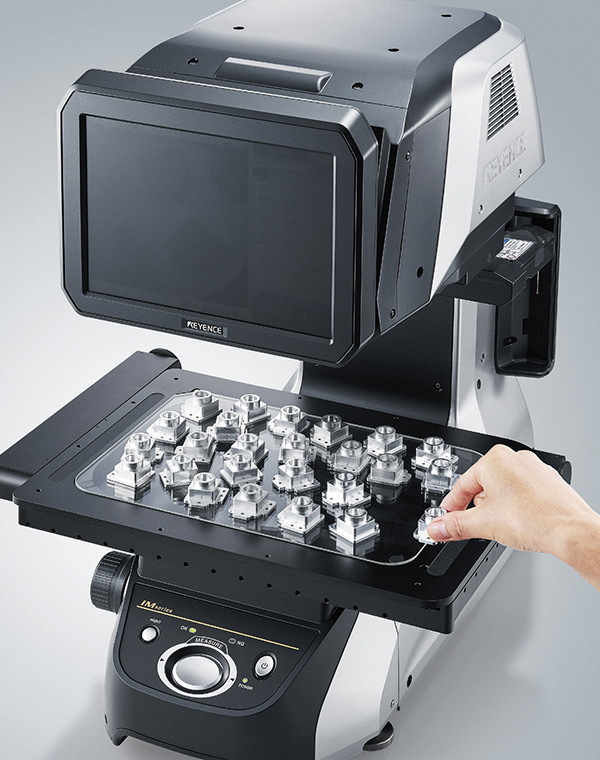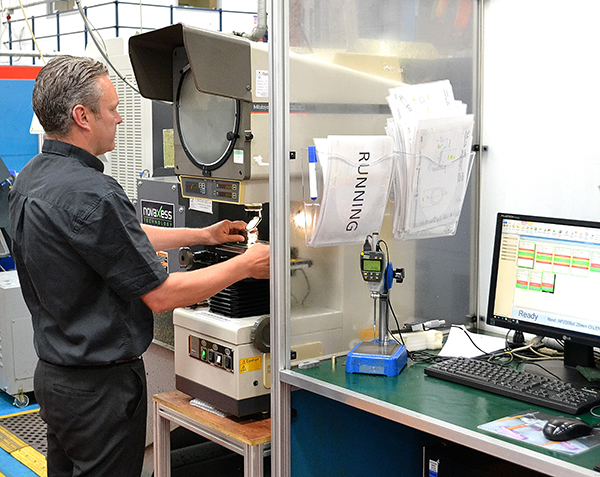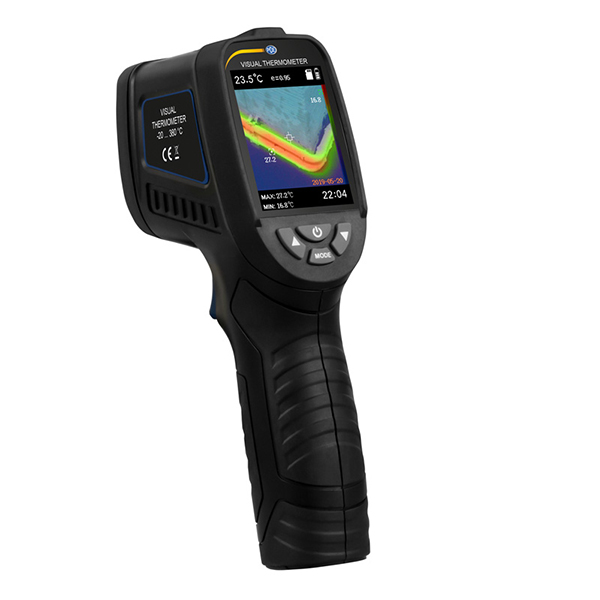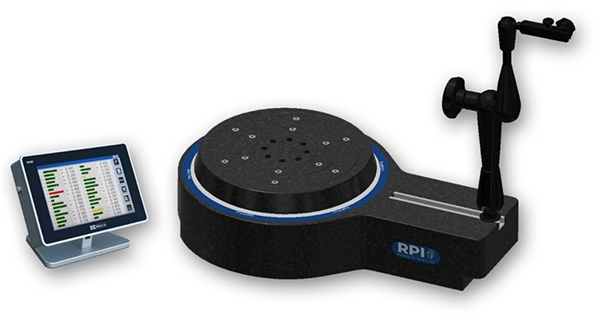Based in Glenrothes, subcontractor Euro Precision has been eager to minimise the number of failures that might occur in large batches by taking action against faults at final inspection.

To achieve this goal, the company created a team of specialists that looked at the issues, with the task of clearly identifying any problems and coming up with corrective actions. As a result, Euro Precision has recently invested heavily in equipment such as CNC milling centres, a Mitutoyo CMM, a laser marker and an IM-7500 image dimension measurement system from Keyence. Within a short timeframe, final inspection failures were reduced to just 0.8%.
The IM-7500 enabled Euro Precision to check parts much quicker and with greater accuracy. This capability has saved the company a substantial amount of money by cutting inspection times, while improving quality levels on all components. Time savings have also been achieved through the machine being straightforward to operate and program, enabling inspectors to check a higher volume of projects within much shorter timescales.
Mark Ramsay, production manager at Euro Precision, explains: “The Keyence IM-7500 machine has proved to be excellent for our operators because it is easy to use, extremely precise and can check parts very quickly. For these reasons, we’ve been able to program the machine to minimise the risk of batch failures by checking more parts at a much faster pace and far more accurately.
“Selecting Keyence equipment was a new venture for us, but as soon as we had the demonstration and tested a few of our parts on the IM-7500, it was a no brainer; we had to have that machine,” he adds. “The unit has more than paid for itself in just 10 months, and if we could have many more of these around the workplace we would do so in a heartbeat.”
For further information www.keyence.co.uk























